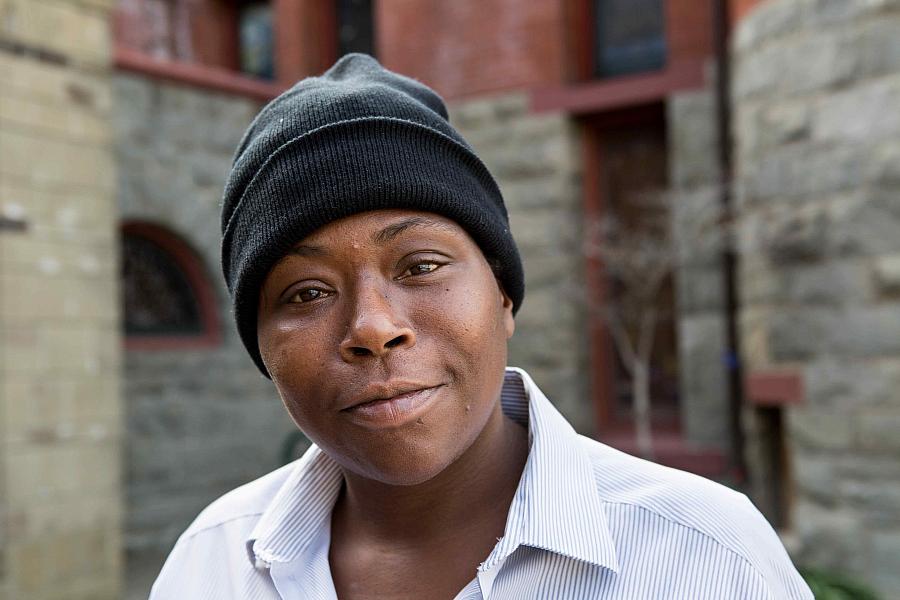Fellowship interview inspires 'The Welcome Home Project'

Yema Lee, age 41, is a peer mentor with the Gamble Institute’s Street Scholars program that provides academic mentoring and support to formerly incarcerated college students. She was in Santa Rita Jail and Valley State Prison for a total of 8 years between the ages of 21 and 35. “Whether I was on the inside or the outside, I didn't feel worthy of living a regular life, but now my eyes are open to a different path.”
The seeds for the Welcome Home Project were sown while I was interviewing Dan Simmons, a program analyst for an anti-violence program in Oakland. Formerly incarcerated himself, Simmons knows what it takes to stay out of prison. “We put most of our resources towards the 65 percent of former inmates that return to prison, but we need to look what makes the other 35 percent successful. No other voices have as much credibility with former inmates than those that have been in prison and have built successful lives.”
The Welcome Home Project is a collection of stories and photographs of 20 formerly incarcerated men and women who were able to turn their lives around. The project was created to provide positive role models to people being released from prison, and to challenge the notion that people involved in crime cannot or will not change. Their stories are testimony to the power of resilience, determination, and faith in the face of the stigma and barriers that many formerly incarcerated face.
Some of the people who shared their stories came from two-parent, middle-class families, and some came from families impacted by crime and addiction for generations. Some came from families traumatized by domestic violence, and some were sexually molested as children. Although addiction to drugs often led to their criminal behavior, most of them had little or no access to drug treatment while in prison.
When they were released, they often had little more than the $200 they were given at the prison gates. Many returned to neighborhoods already impacted by poverty and crime, and they all faced barriers in employment, housing, and in receiving government assistance that contributed to the revolving door back to prison.
It was only when the Welcome Home participants were ready, and adequate support was available through addiction and recovery programs, job training, and housing assistance, that they were able to begin the hard work needed to reclaim their lives from the effects of crime and incarceration.
An alarming 65% of those leaving California State Prisons prison return within 3 years. This revolving prison door affects whole communities, especially communities of color, where many families have a close relative that has been in prison. Nine percent of California’s children have a parent involved in the criminal justice system. The social costs of recidivism are immeasurable.
“You’ve got to know that your life is worth saving,” says Raynetta Lewis, who spent 22 years in and out of prison. We need to welcome people home with the resources and support they need in order to change, because their lives and our communities are worth saving.

